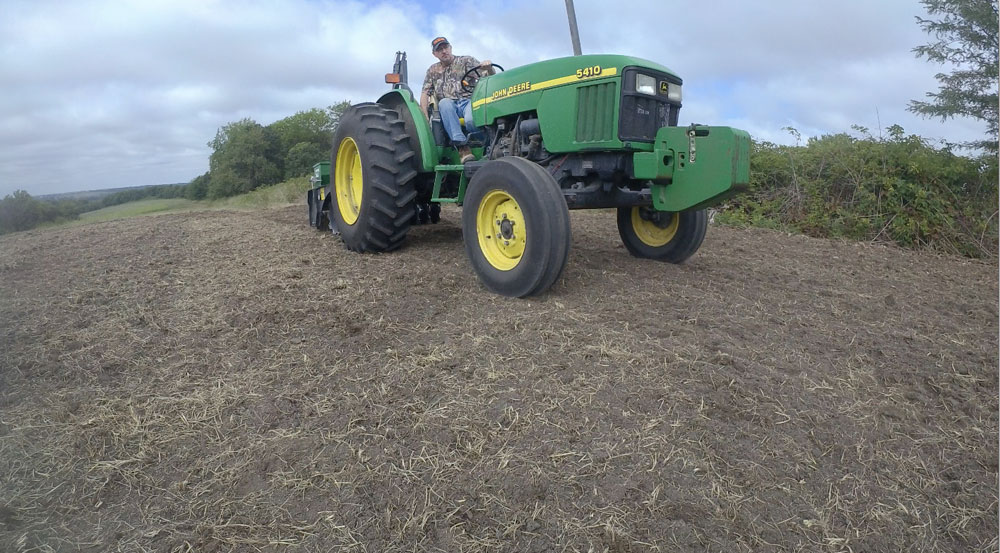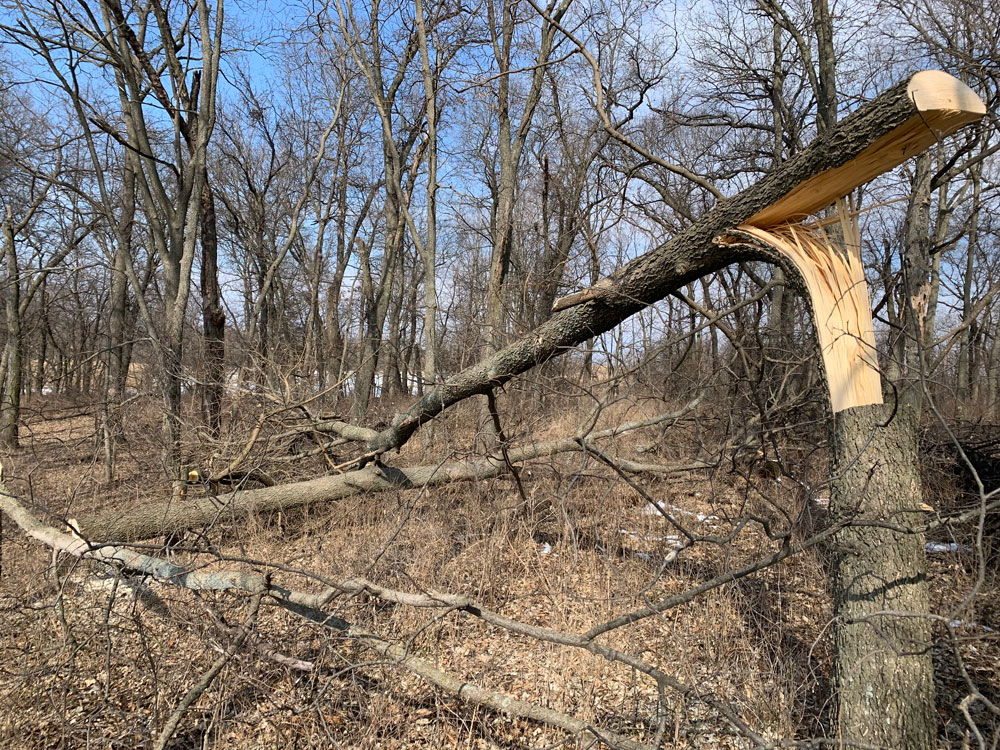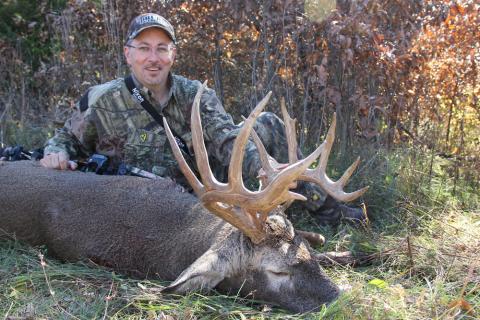provided by John Phillips
I’ve known and hunted with Mossy Oak Pro Mark Drury of Missouri and co-owner of Drury Outdoors for over 30 years. I’ve been fortunate enough to watch him not only evolve as a videographer and a TV host, but also as a land manager and hunter who’s learned the secrets of growing and taking big white-tailed bucks. Once you learn the Drury system of managing satellite hunting properties and keeping a log of bucks from 2-1/2 years old and older you’re planning to take, you also can produce more and bigger bucks on the properties you hunt just like Mark does. This week you’ll learn the system that the Drury family uses to consistently find and take older-age-class bucks with bigger racks and bodies than most of us ever have seen.

We have big bucks on the properties we hunt every year. The first thing we’ve done to ensure that we have older-age-class bucks for me, my family and our guests to take, is to start timber-stand improvement. During this process, we remove undesirable trees that have no timber value to open up the canopy and let more light reach the ground, which increases the number of native browse on the property for the deer. We’ve also noticed that the deer in our area like the morning sun and prefer to bed on east- and south-facing slopes. By creating more browse and bedding places on our east-facing slopes, the deer most likely will bed there during the late season. To create more browse and bedding regions on north, south and west-facing slopes, we’ve removed the non-commercial timber because when there’s a south wind, the deer will like to bed there.
We start this program in March and April each year to make sure that the deer on our lands have plenty of natural browse and bedding sites. We also do some bedding-area improvements during the summer months and create regions with immediate cover for fall. So, we’ll wait until the trees are in full foliage and then hinge-cut the trees - using a chainsaw to cut the trees halfway through and pushing them over. This method is used to make sure we have deer activity on our food sources during daylight hours and will be applied about 150-200 yards off a food plot. The deer are much more likely to show up on that food source during daylight hours, if they are bedding close to their food source.

We manage deer 365 days a year. So, another thing we do to enhance our land is burn about 400 acres of warm-season grass to retard the growth of cold-season grass. This past spring, we’ve planted more supplemental food plots than we’ve ever planted before. Half of our green fields have corn planted in them, and the other half are filled with soybeans. In total, 41 clover fields and 36 perennial fields or about 77 green fields are available for deer before the season arrives. I also will have about 30 soybean or corn fields - what we call our destination fields. Each of these is usually 3-5 acres in size and is rotated every year. We start by working our ground to make a good seed bed and use some new chemicals to make sure we control the weeds in our green fields better. Initially, we’ve been using Roundup Landscape Weed Preventer, but eventually we’ve switched to Dicamba after our weeds have become Roundup resistant.
To have older-age-class bucks on the property you hunt, you have to put in time on the land starting in February and continue to improve the land and the herd all year long. We start with winter feeding right after deer season. Next we focus on timber-stand improvement and spring plantings for supplemental feeding. In the summer, we mow and spray our clover and finally start our fall planning.





























